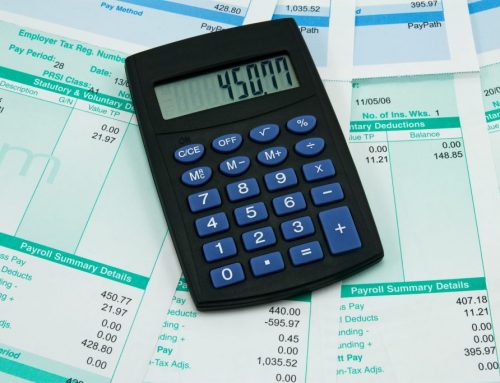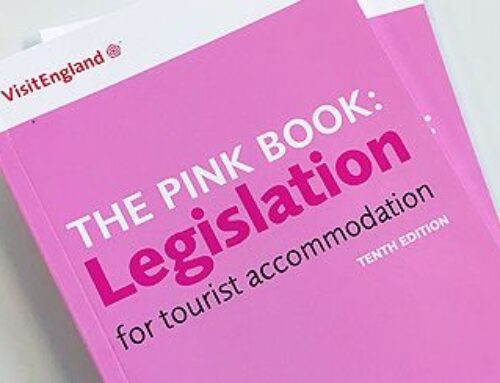Make sure that you have ongoing procedures for the control of cash and stock. In addition, when there is a known issue, these pointers may help you –
Cash
- Print z reports and count and record takings at the end of business. Preferably complete the DTC at that time – certainly at start of work the next day. Have formal words if till is more than £5 out, automatic disciplinary interview where a till is more than £10 out. Escalate on repetition.
- Ensure that cash is only held in the tills (during business) or a locked safe.
- Ensure that the safe key is the responsibility of one identifiable individual and that there is a formal handover procedure.
- Ensure that all floats are counted daily.
- Review food sales records, to ensure that drink sales are not inadvertently recorded as food.
- Bank cash in excess of float requirements, on at least Monday, Wednesday and Friday.
- Monitor each member of staff to assess till use efficiency.
- Carry out random interim till cash counts and clearances.
- Enact written procedure that staff have no personal cash on them during service.
- Put £10 extra in the till and see if whoever counts the till is £10 up.
- Put £5 somewhere in the bar and see if it is picked up and brought to you – target particular people.
- Within-behind the bars consider all areas that cash could be stashed and try and eliminate them. Eye them on a regular basis throughout trade.
- Be watchful of off-duty members of staff and friends of staff in the bar, particularly at the bar, and monitor that they are not receiving free drinks.
- Monitor that staff are ringing all sales through the till. Where possible ensure that EPOS display is visible to the customer. Consider procedure that receipt is given to customer for drink sales, as well as food.
- Monitor and sign off all voids and no-sales.
Stock
- Monitor a handful of items of stock on a few hourly / daily basis to see how they move – check EPOS sales to see if correct. (This may isolate EPOS problem as well as find a thief.
- Carry out interim stock takes of increasing frequency, to isolate issues, until any problem is resolved.
- Mark optic bottles at close of business, and a handful of other stock items, check that nothing has moved on opening up the next day.
- Check off deliveries in detail to ensure that quantity delivered agrees with delivery note.
- Ensure that full kegs are not turned around as empties by brewery delivery driver.
- Ensure that as much stock as possible is locked away at the close of business. Assess the risk on stock that is left open.
- Put an item of stock where it could be stolen and watch how it goes – thinking of cleaners and other parties.
- Do not leave stock in open areas during trading. Ensure that stock rooms are locked.
- Ensure that staff cars are parked in designated area, not adjacent to the property.
Records
- Check that cost and sales prices are recorded correctly by stock taker and agree with invoices and tills.
- Check for duplicate deliveries and incorrect cut-off errors by stock taker.
- Ensure that all pipe cleaning, wastage, complimentary, transfers to kitchen, discounted sales and staff drinks are recorded, and then are taken account of by the stock taker.
- Ensure that all stock transfers are carried out in a controlled manner, and recorded.
- Check all invoices line by line to ensure correct prices and quantities are invoiced.
- Ensure that where credit notes are requested, they are received and put through.
- Ensure that there are no open bar (food or drink) sales, but that all stock has its own PLU.
General
- Designate a controlled area away from the floor where staff personal effects and clothing are stored during service.
- Eliminate places where stolen goods or cash could be placed, prior to leaving and picked up on leaving.
Reduce the possibility of lone worker working.




